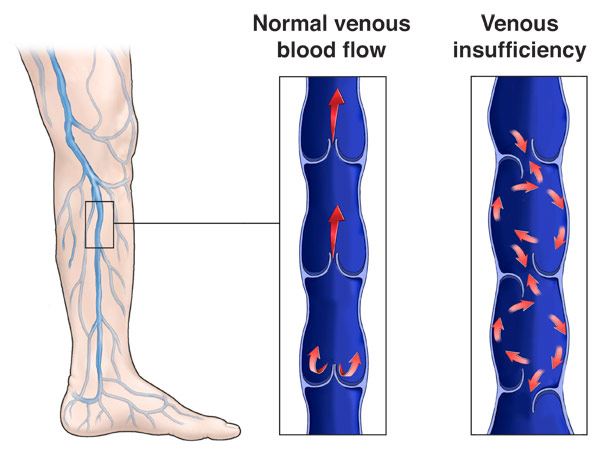What Is Chronic Ankle Instability?
Chronic ankle instability is a condition characterized by a recurring “giving way” of the outer (lateral) side of the ankle. This condition often develops after repeated ankle sprains. Usually the “giving way” occurs while walking or doing other activities, but it can also happen when you’re just standing. Many athletes, as well as others, suffer from chronic ankle instability.
People with chronic ankle instability often complain of:
- A repeated turning of the ankle, especially on uneven surfaces or when participating in sports.
- Persistent (chronic) discomfort and swelling.
- Pain or tenderness.
What Causes It?
Chronic ankle instability usually develops following an ankle sprain that has not adequately healed or was not rehabilitated completely. When you sprain your ankle, the connective tissues (ligaments) are stretched or torn. The ability to balance is often affected. Proper rehabilitation is needed to strengthen the muscles around the ankle and “retrain” the tissues within the ankle that affect balance. Repeated ankle sprains often cause-and perpetuate-chronic ankle instability. Having an ankle that gives way increases your chances of spraining your ankle repeatedly. Each subsequent sprain leads to further weakening (or stretching) of the ligaments- resulting in greater instability and the likelihood of developing additional problems in the ankle.


Evaluation and Diagnosis:
If your ankle feels wobbly or unstable and gives way repeatedly, or if you’ve had recurring ankle sprains, see a foot and ankle surgeon to have your condition evaluated and treated. Chronic ankle instability that is left untreated leads to continued instability, activity limitations, arthritis, and tendon problems. In evaluating and diagnosing your condition, the foot and ankle surgeon will ask you about any previous ankle injuries and instability. Then he or she will examine your ankle to check for tender areas, signs of swelling, and instability of your ankle as shown in the illustration. X-rays, CT scans, or MRIs may be helpful in further evaluating the ankle.
Treatment Options:
Treatment for chronic ankle instability is based on the results of the examination and tests, as well as on the patient’s level of activity. Non-surgical treatment may include:
- Physical therapy. Physical therapy involves various treatments and exercises to strengthen the ankle, improve balance and range of motion, and retrain your muscles. As you progress through rehabilitation, you may also receive Examination technique: Chronic lateral ankle instability Injured ankle with laxity of ligaments training that relates specifically to your activities or sport.
- Bracing. Some patients wear an ankle brace to gain support for the ankle and keep the ankle from turning. Bracing also helps prevent additional ankle sprains.
- Medications. Nonsteroidal antiinflammatory drugs (NSAIDs), such as ibuprofen, may be prescribed to reduce pain and inflammation. In some cases, the foot and ankle surgeon will recommend surgery based on the degree of instability or lack of response to non-surgical approaches. Surgical options mainly involve repair or reconstruction of the damaged ligament(s). However, other soft tissue or bone procedures may be necessary depending on the severity of your condition and whether you have other problems in the foot or ankle. The length of the recovery period will vary, depending on the procedure or procedures performed.

This information has been prepared by the Consumer Education Committee of the American College of Foot and Ankle Surgeons, a professional society of 5,700 podiatric foot and ankle surgeons.Members of the College are Doctors of Podiatric Medicine who have received additional training through surgical residency programs. The mission of the College is to promote superior care of foot and ankle surgical patients through education, research and the promotion of the highest professional standards. Copyright © 2004, American College of Foot and Ankle Surgeons . www.acfas.org
